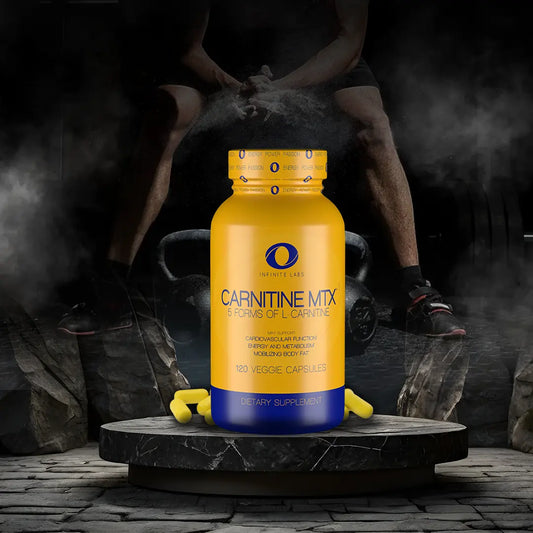

Burn More Fat after Exercise
Table of Contents
Women Burn More with Unsaturated Fat After Exercise
by: Robbie Durand
Not all calories are created equal is something that that most women need to embrace as new diet standard. For example, previous studies have found that when women replaced their afternoon bagel with an identical serving of almonds lost most weight with almonds compared to the carbohydrate rich bagel. Of course, not weight loss program is complete without incorporating a combination of resistance exercise and cardio. Higher levels of physical activity have been associated with body weight maintenance, but previous work suggests that this is not purely related to energy balance. When diet and exercise is combined, this leads to an enhanced metabolic rate, but new research suggests that certain fats are better for weight loss than other fats. When the researchers looked at how many calories the women burned throughout the whole day, they noticed that exercise led to a boost in energy expenditure over the whole day – and that that energy came mainly from fats.

Researchers recruited healthy women were recruited to participate in rest or exercise sessions of light, moderate, and heavy exercise. All exercises were performed on a stationary cycle, while the researchers. After the exercise the women were given breakfast, in which the researchers had marked the palmitate and the oleate . Oleic acid is the most abundant fatty acid in human adipose tissue, and second in abundance in human tissues overall only to palmitic acid. The subjects were given the different fats in the form of a meal replacement drink. After exercise, fat oxidation of oleate was significantly greater after light, moderate, and heavy exercise than that with rest. Fat oxidation of palmitate did not differ among trials for rest, light, moderate, and heavy exercise.
The oxidation of the monounsaturated fatty acid, oleate, was significantly greater after exercise than rest, regardless of exercise intensity. A secondary finding is that prior exercise obviated the inverse relationship between dietary oleate oxidation and body fatness observed in rest subjects. Meaning the lower the amount of oleate that was being burned, the more bodyfat the person had. Exercise and eating monounsaturated fat increases fat oxidation more than saturated fat oxidation and that the increase occurs regardless of intensity.
Votruba SB, Atkinson RL, Schoeller DA. Prior exercise increases dietary
oleate, but not palmitate oxidation. Obes Res. 2003 Dec;11(12):1509-18.

















